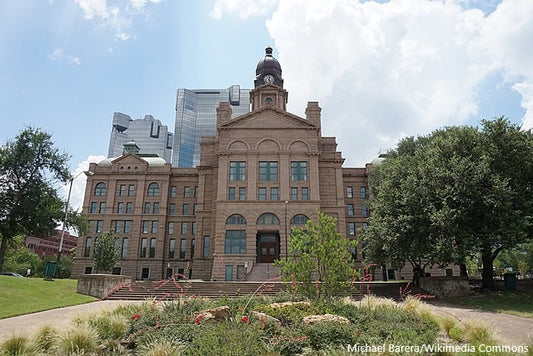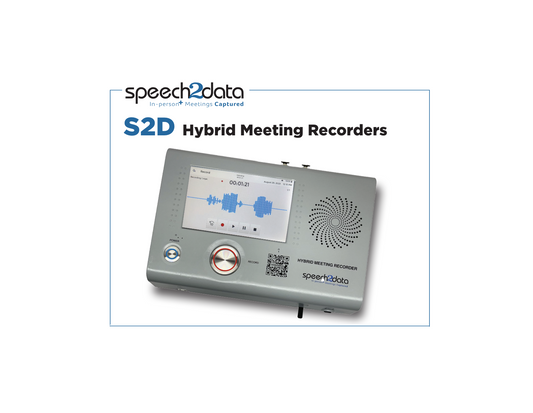TRIBAL COURT SYSTEM OVERVIEW
Share
“Tribal courts are judicial systems that are established and operated by Native American tribes” [within federally recognized tribal lands in the United States.] These courts are separate from the federal and state court systems and are designed to handle legal matters within the tribe's jurisdiction” (Wikipedia, 2024). Their purpose is to preserve tribal sovereignty and self-determination guided by Native American traditions.
According to the U.S. Department of Justice, Bureau of Justice Statistics, there are 234 Tribal Courts across the entire nation. Approximately 80% of these courts serve constituencies that each have a population of under 10,000. Further, approximately 40% of these courts serve constituencies with a population under 1,000.
Eight states account for 85% of these courts. The number of tribal courts in each of these states is as follows: Alaska (76), Oklahoma (36), Washington (25), Arizona (22), New Mexico (22), Michigan (15), Minnesota (13) and Nevada (12).
Tribes that do not have their own Tribal Justice System use the Court of Indian Offences otherwise known as Code of Federal Regulations (CFR) Courts. These CFR Courts serve the needs of all other constituencies that are subject to the Tribal Court System and are recognized in 5 regions: Southern Plains, Western, Miam/Eastern Oklahoma, Southwestern and Albuquerque.
There are five different forms or Court organization: Formal Tribal Courts, Indigenous/Traditional Courts, Intertribal, Joint Jurisdiction State-Tribal, and Tribal Councils serving as judiciary. Although they are now in charge of their own reservations these courts are supported by a somewhat deficient Appellate Court Process where almost (90%+) of tribal courts have a prosecutor or prosecutor’s office, but only approximately 60% of these courts have a tribal public defender or defense office. These challenges are compounded by the current system and demographics problems that include: inadequate sources of tribal revenues, crisis levels of substance abuse and violent crimes, inability of defendants to attend hearings, outdated courtroom technology, and poor IT bandwidth availability.
U.S. Department of the Interior, Indian Affairs. Tribal Court Systems. https://www.bia.gov/CFRCourts/tribal-justice-support-directorat
U.S. Department of Justice, Office of Justice Programs, Bureau of Justice Statistics 2014, https://bjs.ojp.gov/sites/g/files/xyckuh236/files/media/document/tcus14st_0.pdf
At Speech2Data, we support small towns and communities in areas across the United States that are underserved for their access to federally funded services and critical information. While Speech2Data's hybrid meeting recorder is an ideal solution for these communities for use in their municipal and court settings, we strive to provide additional information that would assist in areas that include technology and beyond.




